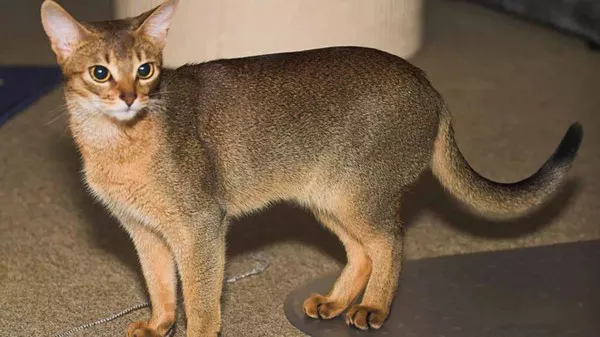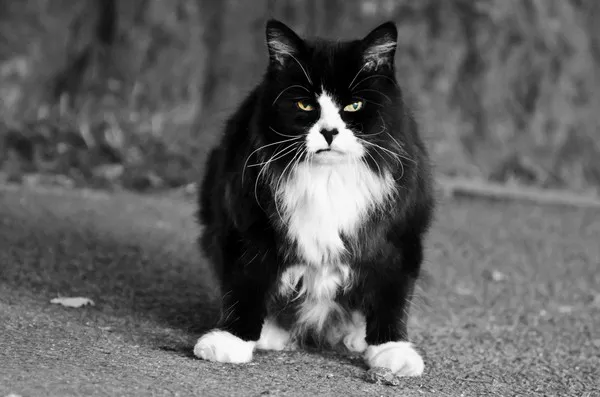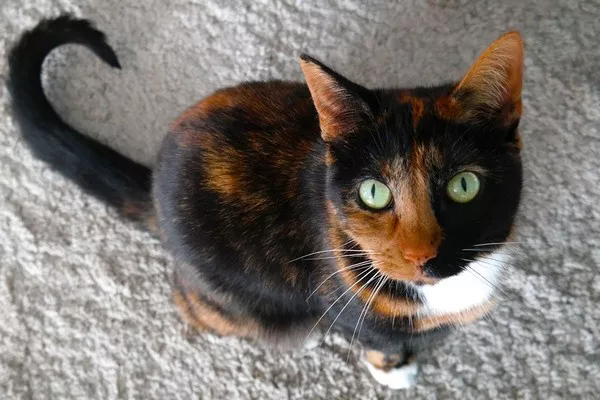Abyssinian cats have captivated feline enthusiasts for centuries with their striking appearance and enchanting personality. These elegant and athletic cats are known for their short, ticked coats, expressive eyes, and playful nature. However, their origins have been shrouded in mystery and intrigue. In this article, we will embark on a fascinating journey to uncover the ancestral roots of Abyssinian cats, exploring various theories and historical evidence that shed light on their ancient lineage.
1. Ancient Egypt: A Royal Connection
Theories tracing the origins of Abyssinian cats often lead us back to ancient Egypt, where cats were revered as sacred beings. Depictions of cats resembling Abyssinians can be found in Egyptian murals and sculptures dating back thousands of years. Many believe that these cats were brought to Egypt from the coastal regions of the Indian Ocean, specifically Ethiopia (formerly known as Abyssinia). The connection between Abyssinia and ancient Egypt suggests that the breed may have originated in the region, hence its name.
2. The Zula Connection
Another theory proposes that Abyssinian cats may have descended from the cats owned by the Zula people of Ethiopia. The Zula tribe, known for their involvement in the trading of goods, including animals, had close ties with the Egyptians. It is believed that the Zula tribe introduced these unique cats to ancient Egypt, where they gained popularity among the elite.
3. Indian Ocean Trade Routes
During ancient times, trade routes connected Ethiopia with other civilizations, particularly those along the Indian Ocean coast. These trade networks played a crucial role in facilitating the movement of goods, ideas, and even animals. The theory suggests that Abyssinian cats might have traveled along these trade routes, reaching distant lands such as India and Southeast Asia. This hypothesis is supported by historical records and writings from various explorers and traders who encountered cats resembling Abyssinians in these regions.
4. Arrival in Europe
The first documented appearance of Abyssinian cats in Europe can be traced back to the late 19th century. Lieutenant Colonel Barrett-Lennard, a British soldier stationed in Abyssinia during the Abyssinian Expedition in the 1860s, brought an Abyssinian kitten named Zula back to England. Zula became the foundation cat for the development of the breed in Europe. Subsequently, other Abyssinians were imported from Ethiopia, and through selective breeding, the breed’s distinctive features were refined.
5. Recognition as a Breed
As Abyssinians gained popularity, their unique characteristics attracted the attention of cat fanciers and breed enthusiasts. In 1882, the first Abyssinian cat was exhibited at a cat show in London, marking the breed’s formal recognition. Over time, breeders worked diligently to preserve and enhance the Abyssinian’s desirable traits, resulting in the sleek and elegant feline we know today.
6. Evolution of the Abyssinian Breed
Throughout the 20th century, Abyssinian breeders carefully selected cats with the desired coat color, pattern, and temperament to develop the breed further. The introduction of new bloodlines and careful genetic management helped maintain the breed’s health and vitality while preserving its distinctive characteristics. Various organizations, including cat fancier associations and breed clubs, have played instrumental roles in establishing breed standards and promoting responsible breeding practices.
Conclusion
The origins of Abyssinian cats remain a subject of fascination and speculation. While the precise details of their ancestry may never be fully known, the evidence suggests a rich history entwined with ancient civilizations, trade routes, and the passion of dedicated breeders. Today, Abyssinians continue to captivate cat lovers worldwide with their beauty, intelligence, and affectionate nature. Whether they are a direct descendant of ancient Egyptian cats or have other ancestral links, Abyssinians stand as a testament to the enduring bond between humans and felines, transcending time and geography.


























